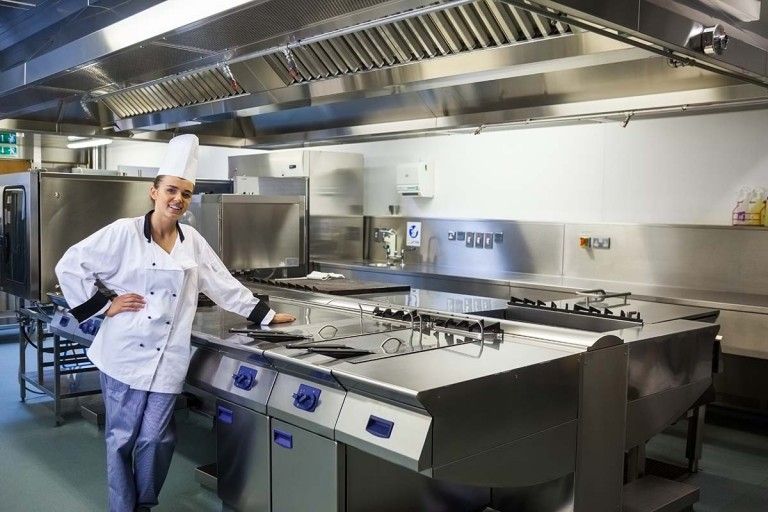Buying appliances for a kitchen can be a difficult and time-consuming process. Here is a list of things to consider when buying a commercial glasswasher.
Positioning and Size
The glasswasher needs to fit comfortably into the area you have selected, allowing the door to open with room remaining for staff to walk by. Consider placing it on a washer stand to be at a better working height, which reduces handling injuries and increases unloading and loading speed.
Capacity
Wash capacity is relative to wash speed and internal dimensions. Internal capacity is expressed in pint glass numbers and basket size. You will need two baskets in your glasswasher and maybe more if you have the space in order to save time stacking glasses.
Wash speed is defined in cycle time or racks per hour. Commercial glass washers with a cycle time of two minutes could take 30 racks per hour, including loading and unloading.
Selectable cycles are useful for extending wash time, such as when you’re using glass renovators to add a shine to glassware.
For commercial glass washers, look at a website such as https://www.247cateringsupplies.co.uk/bar-supplies/commercial-warewashers/commercial-glass-washers.
Boost Pumps
Boost pumps ensure the rinse arm is rotating effectively and the rinse cycle is working properly if you have low water pressure. They guarantee high-quality rinsing and washing, which is vital for glassware as customers pay close attention to it. You want to reduce water marks and spots caused by badly rinsed detergent.
Energy Efficiency
According to the latest statistics, energy bills cost the food industry more than £1.3 billion a year.
Look at how much energy commercial glasswashers use in kilowatts and watts, but remember that higher figures don’t necessarily equal poor efficiency. Compare the glassware capacity by dividing wattage by the number of glasses cleaned per hour.
Double-skinned washers with insulated wash tanks are quieter and more energy-efficient.
Water Efficiency
Achieving good results while requiring less water will also be better for the environment and save money on bills. Products that fill quickly are more economical.
Hot and Cold Plumbing
Many glasswashers can be plumbed into both supplies. The easiest choice is to plumb into cold water and allow internal heating to warm the water, but this is not energy-efficient. Whichever glasswasher you choose, remember cold is a maximum of 30 degrees and hot is 60 degrees.
